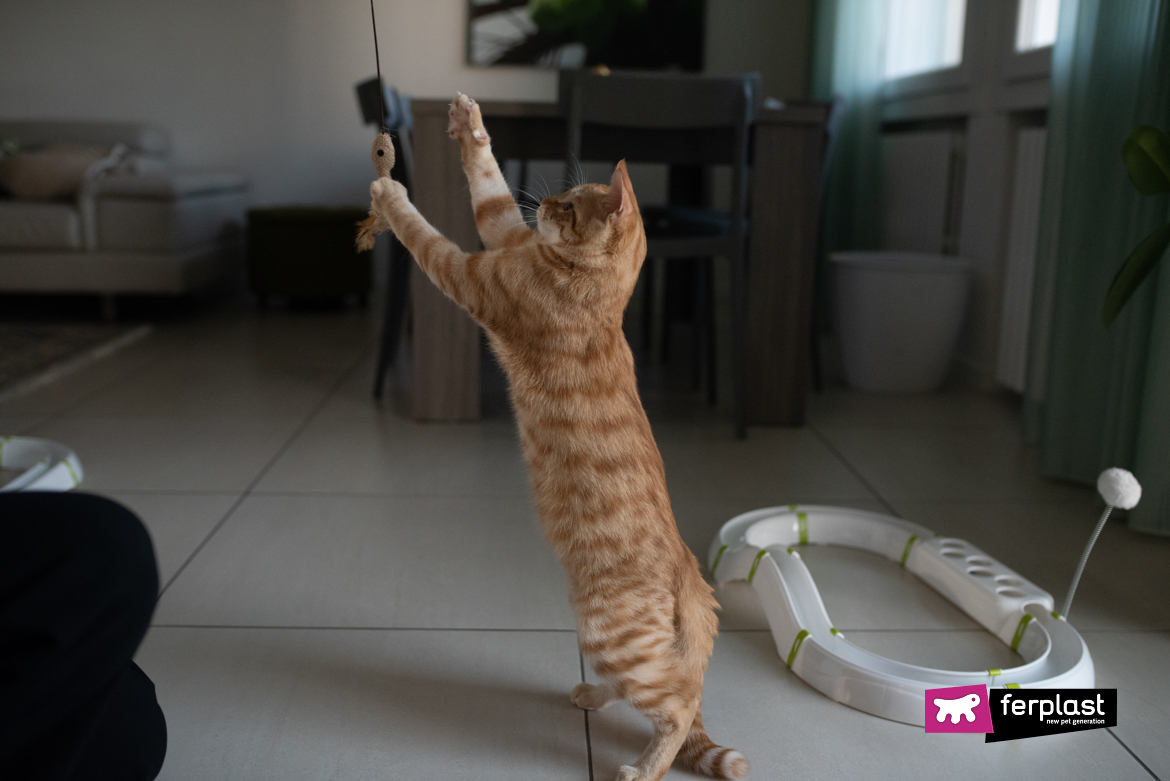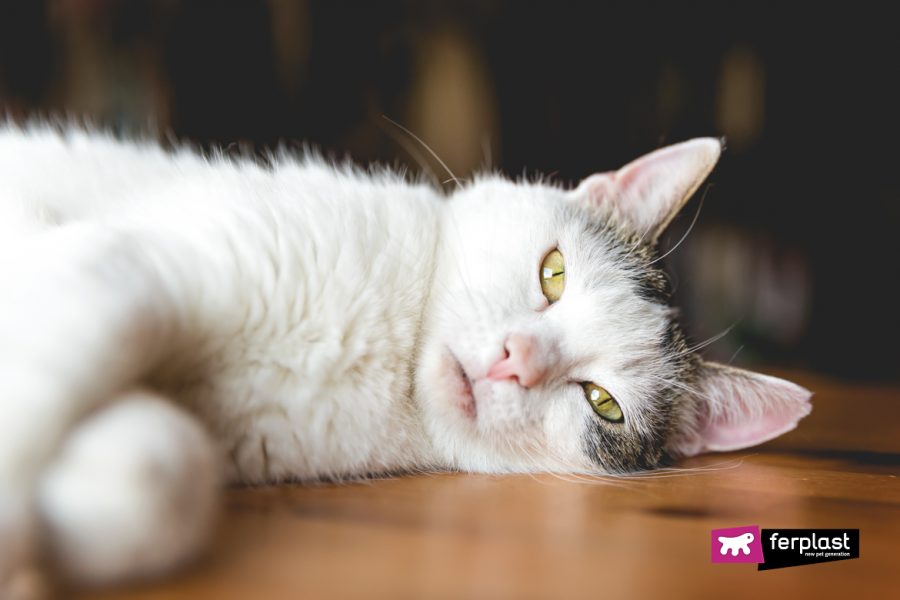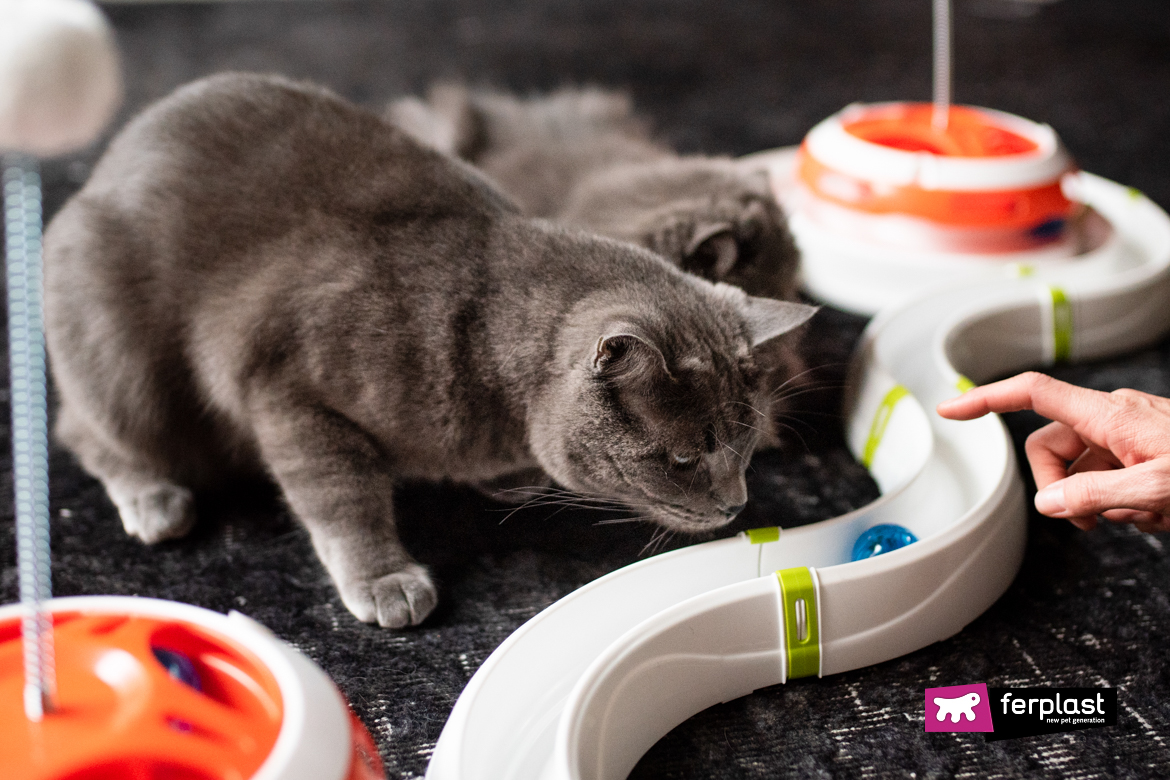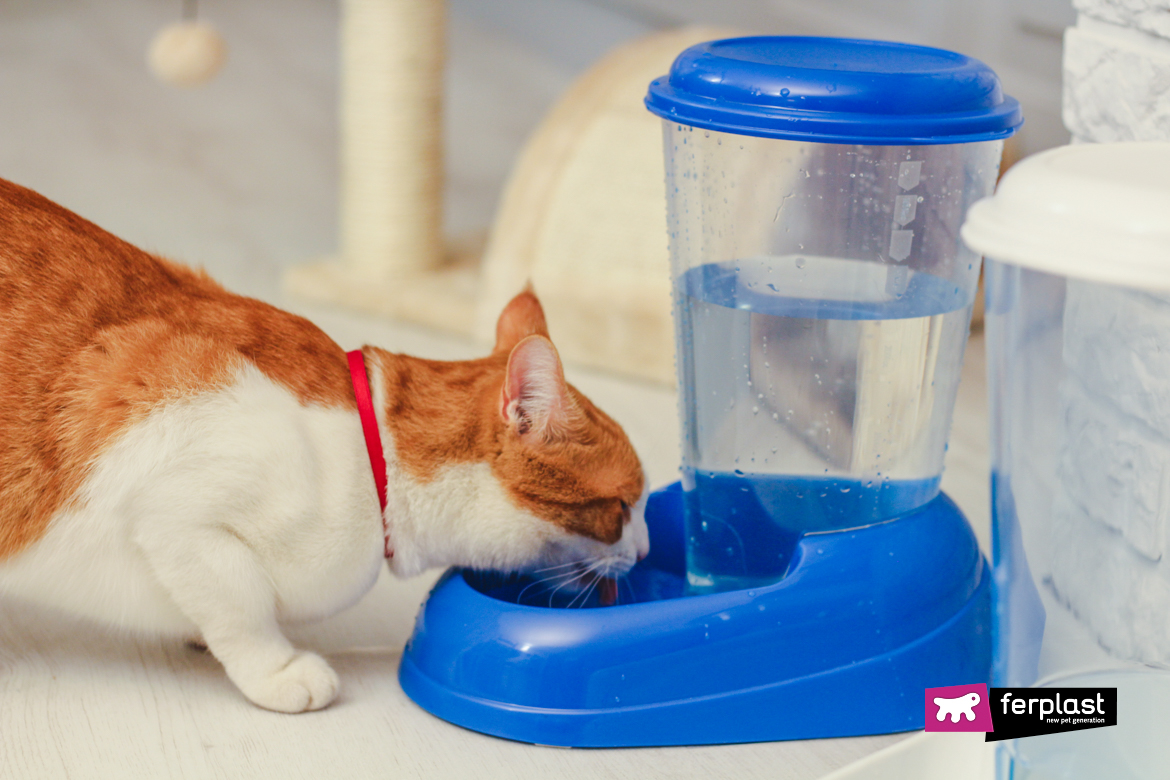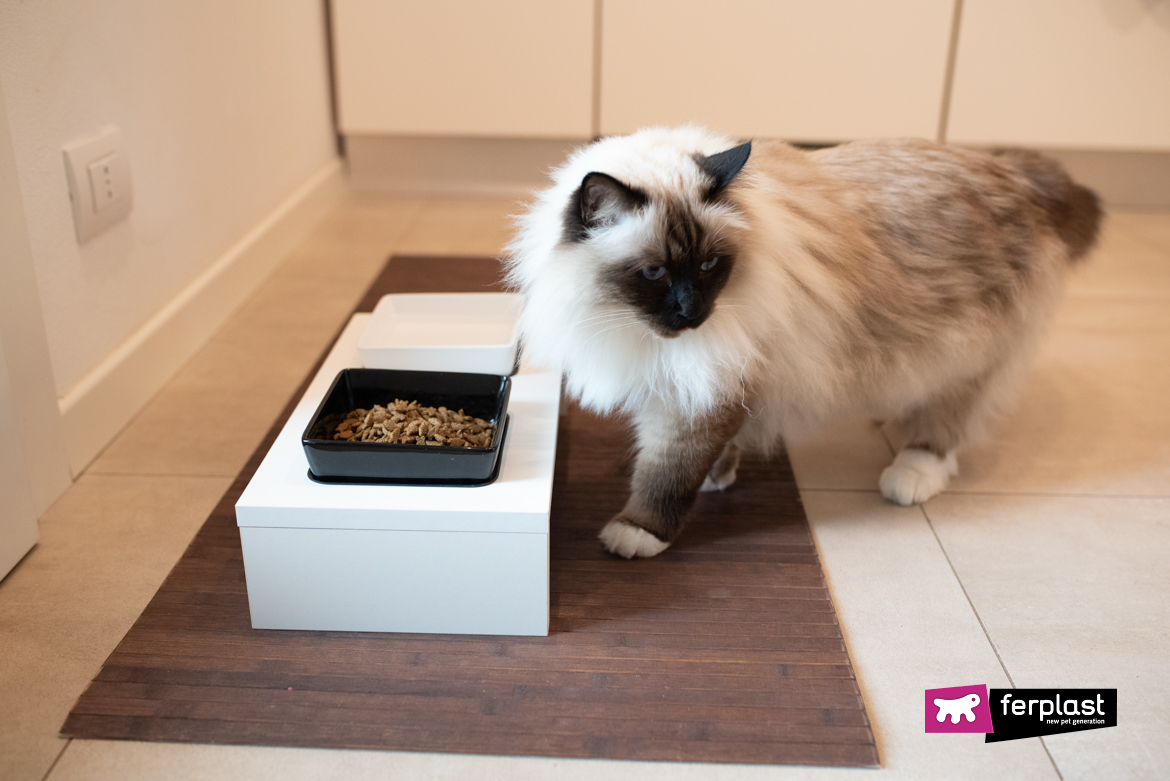Can diabetes develop in cats too? Well yes, it is a disease that can also affect our feline friends and it is good to recognize and not underestimate it.
Diabetes in cats is a rather common disease, which has precise symptoms. It needs to be treated properly before it causes serious problems for your pet’s well-being.
Types of diabetes in cats
Diabetes in cats can come in two different forms. There is diabetes mellitus, or insulin-dependent, and non-insulin-dependent.
Diabetes mellitus is caused by abnormal insulin production and is in turn divided into type 1 and type 2 diabetes, the latter being the most common. Non-insulin-dependent diabetes, on the other hand, is caused by the inability of cells to use the insulin produced by the body.
Symptoms of diabetes in cats
A cat suffering from diabetes will exhibit some obvious symptoms caused by the disease:
• Increased thirst
• Increased hunger
• Tendency to urinate more frequently
• Weight loss
• Possible dryness and worsening of the appearance of the coat
These are the most characteristic symptoms of diabetes in cats, combined with other possible symptoms such as fatigue, tiredness and a tendency to sleep for more hours a day.
How to treat diabetes in cats
If your cat exhibits symptoms like those listed above, you should take him to your vet. The results of blood and urine tests will give certain answers to your suspicion.
In the event of a positive diagnosis, the cat will be prescribed a very precise and specific diet, very often combined with the administration of insulin to regulate blood glucose values. Treatment may require the owner to administer insulin daily.
It is strictly necessary that the owner not only follows the veterinarian’s instructions on the treatments to adopt, but also respects the diet that is imposed on the cat. The correct daily intake of sugars will help him feel better and avoid future health problems. In fact, being overweight is one of the main causes of diabetes mellitus in cats.
Exercise
A strict diet is essential, but it is also important to combine them with good and healthy exercise! Not only is this a great way to keep blood sugar levels stable, but it’s also a great preventative behavior.
Furthermore, if treated in time, diabetes in cats is a disease that could even disappear with time, consistence and the right care.
